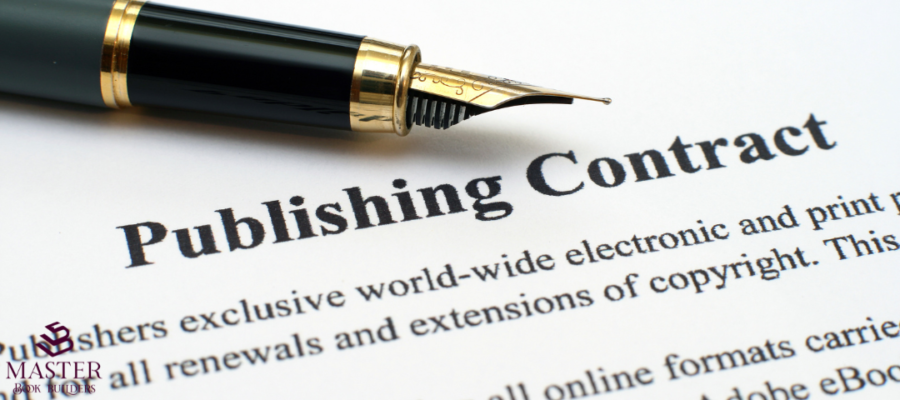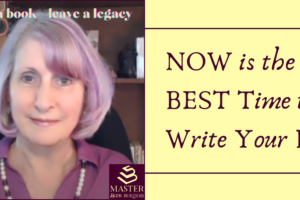Today’s Lesson:
So, how do you get a real publisher? (As opposed to a fake one, I guess?)
First of all, let’s be clear – I personally don’t know any ‘fake’ publishers. When people talk about getting a ‘real’ publisher, I always shake my head and sigh. When I was a print-on-demand publisher, well before the people out there doing it today, and well before Amazon’s purchase of Createspace took over the world, no one though of me as a fake publisher.
I didn’t create fake books. I didn’t work with fake authors. We didn’t sit at fake desks in fake offices. Everything was authentic.
I just wasn’t part of the conglomerate that owns publishing, any of the Big 5 – oops, let me rephrase, the Big 4 as noted in this Kirkus article.
But my company, Windsor Media Enterprises, was all about the author. We served our authors as editors, guides, teachers, book designers, publishers, and to a small degree, marketers. At the time, we encouraged and taught them to blog. Back in the early 2000s, blogging was a successful way to get noticed. Much as podcasts are today. And we did other things to help them get noticed. The hard work, of course, was always at their end. That’s just how it is. As the author, the work of marketing and selling is up to you – no matter who publishes your book.
We worked with some truly talented writers, back then. And none of them worried that their book would be seen in a different light because it didn’t come out of one of the Big 5 (now 4). Because we not only put expertise into every book we published, we put our hearts in them.
We knew they needed to be as good, or better, than anything coming out of the ‘real’ publishing world. We knew our authors wanted to go places with their books, not just sit back and gather royalties.
But come on – how do I get a real publisher?
Although I no longer ‘publish’ books, using the tools and power of Amazon’s KDP, instead, I still feel strongly that folks who choose traditional publishing do themselves a disservice by believing that their publisher will help them be successful with their book. Your book’s success, and by virtue of it being a part of you and your business, your success, is in no one’s hands but your own.

But you asked the question, so I’ll answer it.
How do you get a traditional publisher? Not a ‘real’ publisher, because there are many options besides the Big 4 and all of them are ‘real’ publishers.
Here’s what you do- you write a proposal.
You start your proposal with a header – use the working title of your book, include your name, phone number and email address.
Write a few chapters of your book. Give the agent or editor a feel for your writing and the topic of the book.
Define your characters and/or the purpose of the book. Show, don’t tell. Bring the people in the book alive. If you’re writing about a celebrity or person in the news, say so. For instance, How Hillary Clinton Lost the Election – that might be a great grabber. Prove you can write about this, if that’s what you’re doing. And I do mean, prove. Be specific to the max.
Create a working TOC – otherwise known as a Table of Contents. Yes, you must have one.
Answer these questions:
- why are you writing the book?
- who will read the book?
- what’s unique about the book?
- why are you the right person to write it?
- what have you done that will help sell the book?
- where will you market and sell the book? how will you market and sell the book?
- how big is your social media presence? share all social media channels
- do you have experience speaking? any podcast appearances?
- if you have a foreword writer – someone of note – share that (it’s good to have that; find someone in the industry who will write a foreword for you, it doesn’t have to be a big celebrity, but all the better if it is)
All set? Any other questions?
Yes, I see a question in the back. Oh, what do you do with this proposal, once you’ve created it?
Well, you send it out, of course.
Where?
You should know where before you create it. What’s the use of creating a proposal if you don’t know who you’re creating it for? It’s like a writing a book for everyone. Yes, people say that. “My book is for everyone.” Which is fine, except you better get it in front of a few select people first; you know, the ones who really need it. Not ‘everyone’ – everyone is busy looking for cheap wireless ear phones. Your audience should be selective and specific.
If you’re planning to create this proposal because you’re set on having a traditional publisher’s imprint on your book, which no one cares about, btw, start by researching the imprint you want to approach and the editor who handles book topics like yours.
You could, of course, also research agents who might represent you. An agent might get you in the door faster.
All of this takes a lot of work. I don’t say that to scare anyone away. I say that because it’s true. Writing a book takes a lot of work. The decision to choose a traditional publisher is fine. I’m not a fan, but I understand it’s important to some people.
When going that route, you must do all of the things here. Make that proposal stellar – it will end up being a mini-book of 40 -60 pages. A representation of you, your ideas, and your work. No typos allowed. No misspellings. No bad grammar. No stone left unturned. Prove the book will be a success with you at its back.
Then, go for it.
Oh, there’s another question in the back – wait, there are two.
First, what is an imprint?
An imprint is the name the book is published under. On the copyright page, in a traditionally published book, you will see the imprint of the brand publishing the book, and it will also appear on the spine. Sometimes on the back of the book, if the spine is crowded with the title and author’s name. Big publishing companies have many imprints they use to publish books under. Generally, they’re separated into topic. So, a romance novel would be a specific imprint totally separate from a cookbook, but part of the same big publishing house.
For example, from Wikipedia,
Penguin Books is now an imprint of the worldwide Penguin Random House, a conglomerate formed in 2013 by its merger with American publisher Random House, a subsidiary of German media conglomerate Bertelsmann.[7]
Second question, how long does it take to get a book deal?
Years. Sometimes light years. Forever. Until your last child is filing for social… no, no, that’s not true. I’m just funning with you.
IF you find an agent, and IF the agent is good, it could be a few weeks. More likely a few months.
IF you send your proposal out unsolicited, it could be many months. Many months just waiting to hear if the proposal even made it to the editor’s desk (editors are busy people, they have hired help who read the proposals first, and then pass along the ones they deem good enough). Many months waiting for the editor to read the hundreds of other proposals sent to her, to finally get back to you.
Or, if you attend writing conferences, you could meet an editor there and voila! your proposal is in your room and yes, you will run and get it, and she will read it and, overnight you have an answer. Maybe the right answer.
I cannot predict how long it will take for your proposal to be read and rejected or accepted. But it could take months.
Before I complete today’s lesson, I offer a little article written by a writer who went the traditional publishing route and now swears by self-publishing. Just as a word of caution.
Why I Left Traditional Publishing in Favor of Self-Publishing, by Stephanie Chandler.
And in case you think you can’t make a success of your book by self-publishing, check this out: (from Six Myths and One Fact about Traditional Publishing)
Robert M. Pirsig was rejected by 121 publishers. His book “Zen and the Art of Motorcycle Maintenance” went on to sell 5 millions copies in the 1970s. Dr. Seuss’s first book was rejected by more than 40 publishers. And we all know the story of how JK Rowling’s first book was turned down by eight publishers before Bloomsbury offered her a 2,500 pound advance for “Harry Potter and the Philosopher’s Stone.”
Publishers don’t deny quality. There are many successful and high-quality books published independently, too.
I end today’s lesson with this insight about traditional publishing that no one else will tell you. Traditional publishing puts out a lot of bad books. Books with poor grammar. Typos. Interior design that doesn’t flow. So, despite the continued belief that traditional publishing is where the quality is (see link above), if you really compare them to us, we are better.
Because we take the time and energy to work with each of our authors, on every detail. We don’t handle hundreds of books at a time and we don’t aspire to becoming a big giant publishing company.
We’re author servants. You can trust us with your words.







Leave a Reply